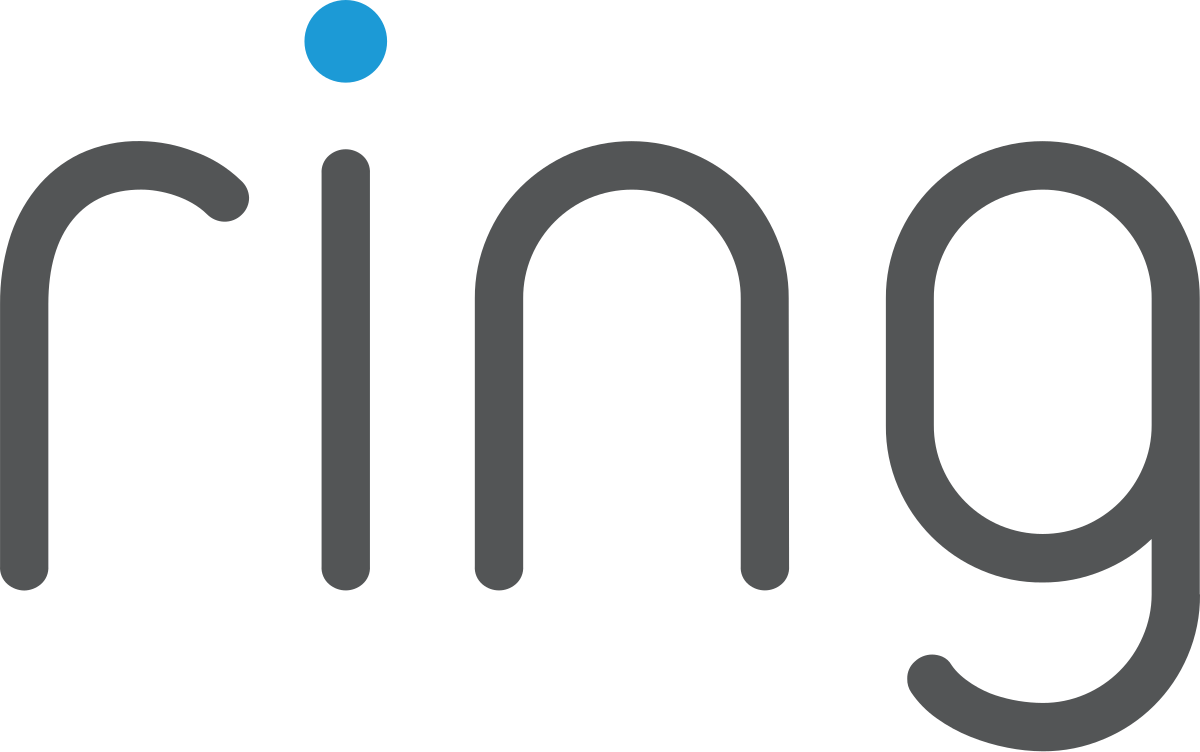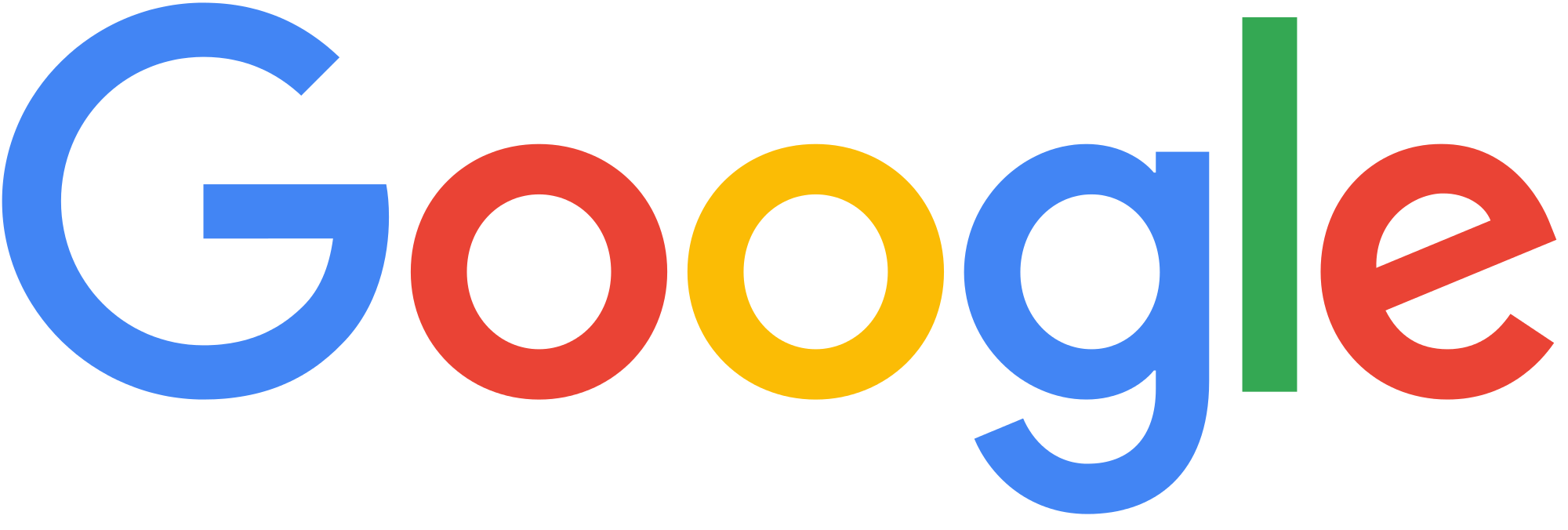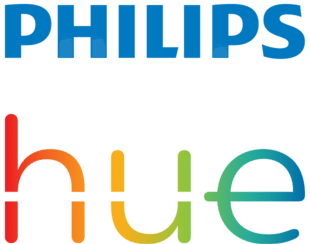Smart Home
Clarity Report
As a category, the smart home market took off in 2013, with a promise of ease of use, of tomorrow's future today and helping to make your home more efficient and safe. The brands tended to reflect these goals and given the players in this market, 'brand' was significant in attracting the early adopters who helped embed new technology in the home.
Over time, smart home brands have had to expand their reach into to the mainstream. This meant that rather than focus on the technical aspects of the offering, they needed to explore the emotional too. Some of the old guard like Honeywell, Wiser and Lutron have been traditionally product-led companies. So, the challenge for them has been to break from that B2B approach and embrace a consumer brand mindset. The combination of great products and a strong brand helps to provide cut through in a category that’s been seen as “geeky” and the domain of the early adopter.
Overall Rankings
This table ranks the brands’ overall scores. The winner is the brand that grossed the highest cumulative score across all seven sections.
Brand-Led Businesses Lead the way
You can break the list down into two halves: brand-led businesses and product-led businesses. Those who scored higher in the list have been able to leverage the work of the brand and let the product offering sit on top. Lower down the ranking you're seeing more product offerings that tend to be more matter of fact and selling the function over the benefit.
Ranked Table
-
1 
-
2 
-
3 
-
4 
-
5 
-
6= 
-
6= 
-
8 
-
9 
-
10 
-
11= 
-
11= 
-
13 
Branding
Building a solid brand takes discipline and patience. Are the graphic assets distinctive enough to stand out from the category? Does it feel consistent across all channels? Does it go deep in the product pages rather than just the key “about” pages? It's consistency that builds a brand over time, and we’re checking to see how good they are.
It was perhaps predictable to see Sonos and Google Nest at the top. But we were surprised to see Ring, a relative newcomer, coming in with a strong brand presence - it's clear they know what they're doing in this discipline.
One interesting call out is Philips Hue. It suffers from what seems to be a common branding dilemma: an internal desire to be recognised as ‘Philips’ but with the freedom of the sub-brand, ‘Hue’. This feels fussy in execution and adds confusion on the site and social channels.
How we score
We start by bringing our 17 years of agency brand expertise to bear. We’re scoring the brands on 10 foundational metrics from logo strength, headlines & hierarchies and colours through to areas like the simplicity of execution, category standout and cross channel coherence. They’re all subjective but are important factors in the creation of successful brands.
Ranked Table
-
1 
-
2 
-
3 
-
4 
-
5 
-
6 
-
7 
-
8 
-
9= 
-
9= 
-
11= 
-
11= 
-
13 
Language
Language is a vital part of a brand online. A consistent, distinct tone of voice across various channels makes the brand feel approachable and attracts new customers.
Philips Hue and Hive do an excellent job of humanising their offering by providing easy to understand, clear language across all channels. At the bottom of the list is Resideo, Lutron and Honeywell Home. Interestingly Resideo and Honeywell Home have their roots in the B2B space, and the tone of voice reflects that background. Too many features, not enough benefits. They should take Wiser as an example, a brand from Schneider Electric that’s broken free of their B2B background to create a compelling language for their customers.
How we score
This is a measure of readability and sentiment data scores (both the high profile areas of the site like home page; but also deep into the product pages) combined with cross channel coherence (e.g in social) and a brand-led ‘personality’ score for the brand.
Ranked Table
-
1 
-
2 
-
3 
-
4 
-
5= 
-
5= 
-
7 
-
8 
-
9= 
-
9= 
-
9= 
-
9= 
-
13 
Website
When looking at the website, we're checking to ensure the experience offered is consistent and led by the brand. Does it “feel” like the brand, and does that feeling extend from the home page to the product pages? Just how easy are these brands making it for customers to buy - or act as helpful staging posts in their buying journey?
Sonos comes out on top here: a solid website entrenched in the brand with an easy navigation that showcases a simple to understand brand architecture. Helpful product guides assist customers to choose the right speaker and their multiple payment methods demonstrate that they're clearly thinking about the customer first.
While many may consider the brand site a stepping stone on the path to purchase, it’s interesting to note that most of these brands have invested in an e-commerce solution. Only Wiser, Honeywell Home and Lutron have passed on selling directly to visitors on their sites.
One of the benefits of the smart home is that it should deliver better energy management, making for a more sustainable environment. It's surprising that only six of our thirteen brands have taken the time to promote their brand’s sustainability credentials on their site.
Offering visitors a choice in how to purchase is another customer-first mindset. Only Netatmo, Ecobee and Resideo run through all options: buy on the site, find an installer or visit a third-party retailer. Each of these options is useful. On-site allows a direct connection with the brand. Find an installer appeals to those who don't want to self-install and find a retailer understands that visitors will price compare online.
How we score
There are a number of data points considered; for example the brand’s web authority, the amount of traffic to the site and how well the site does in providing customer-focused features (e.g. reviews, sign-ups, find a retailer). We also look at factors such as navigation, clicks to product and search.
Ranked Table
-
1 
-
2 
-
3 
-
4 
-
5= 
-
5= 
-
7= 
-
7= 
-
9 
-
10 
-
11 
-
12 
-
13 
Mobile
Around 70% of traffic to all of the brands' sites comes from mobile. A mobile brand experience has to be as important as the desktop experience if you consider yourself to be customer focused. For these brands, in this sector, it's simply unforgivable not to be mobile focused.
Honeywell Home, Netatmo and Wiser lead the pack in creating a mobile optimised experience. Google Nest, Sonos and Resideo have impactful desktop sites, but these aren’t optimised on mobile devices to the level we’d expect from these brands.
How we score
We're measuring mobile traffic to the site and comparing this data with how well optimised the mobile experience is via Google's Lighthouse ranking.
Ranked Table
-
1 
-
2 
-
3 
-
4 
-
5 
-
6 
-
7 
-
8= 
-
8= 
-
10 
-
11 
-
12= 
-
12= 
Social Media
With Google Nest and Sonos accounting for over 60% of all followers, it’s important to go beyond this vanity metric. We look at the engagement rate per 1000 followers to level the playing field across the brands. And how that engagement is achieved depends on how each brand is choosing to use their social channels. It may be for promotion, community building, customer support or a blend of all three.
Netatmo, Google Nest and Philips Hue lead the pack with a strong engagement across all channels. These brands are generating 264 posts on average across the sample time period. Those brands ranking at the bottom are averaging only 80 posts. Unsurprisingly, the more brands invest into these channels, the stronger their engagement ranking will be.
How we score
The measurements we’re using here are pretty straightforward: posts per channel, shares, likes, comments, engagement and followers. All based on a per thousand basis.
Ranked Table
-
1 
-
2= 
-
2= 
-
4 
-
5 
-
6 
-
7 
-
8 
-
9 
-
10 
-
11 
-
12 
-
13 
Digital Marketing
Building solid foundations means nothing if you're not promoting the brand, carving out meaning and relevance in the mind of the consumer.
Sonos has built all the right assets and is now pushing it heavily online. They have a significant spend with a strong mix of brand-building and campaign work. On top of that Sonos seem to have invested strongly in SEO with by far the most organic keywords associated with their website.
Google Nest is spending heavily on digital marketing - mostly around brand protection. Most of the keyword bidding is around “Google Nest” and “Nest”. This defensive strategy is interesting and, according to the data, expensive.
The rest of the group have a more balanced approach to their digital marketing efforts, spending on both performance, top of funnel keywords and pushing their brand terms strongly through Search Engine Optimisation.
How we score
Here we’re analysing the brand’s approach to digital marketing. For example, are they utilising specific landing pages for products? Are they investing in advertising and what’s their keyword strategy: paid and organic? What's the spend? How many keywords to how many ads? What's the backlink strategy?
Ranked Table
-
1 
-
2 
-
3 
-
4 
-
5 
-
6 
-
7 
-
8 
-
9 
-
10 
-
11 
-
12 
-
13 
Share of Search
Where it all comes together: how does the brand activity we've covered resonate with customers? Lots has been written about Share of Search, but most agree it’s a useful proxy for brand awareness. Put simply, brand terms keyed into Google over time reveal a lot about how well known that brand is by the general public.
Sonos, with their incredibly consistent brand, strong language and digital marketing investment rank top on share of search. The top four are all backed by big brands with strong budgets, so it's perhaps not surprising.
Honeywell Home come in fifth. How do they pull this off given their comparatively poor performance in digitial marketing and social? It feels like a legacy issue from before Honeywell went ‘smart’. Honeywell's thermostats have quietly occupied a space on walls up and down the UK for a generation and it's wise not to underestimate that advantage. However, given Honeywell Home’s transition to Resideo over the next few years, it’ll be interesting to see if this adds friction to the customer journey.
How we score
Share of Search is calculated using Google Trends data. We’ve provided a bit more background to Share of Search, why we think it’s important and how it’s calculated over in the Journal section of the website.
Ranked Table
-
1 
-
2 
-
3 
-
4 
-
5= 
-
5= 
-
7= 
-
7= 
-
9= 
-
9= 
-
9= 
-
9= 
-
9= 
Explore the results
We’ve visualised our data as a spider chart, so it’s easier to see how brands perform against the category average score (pink line). You can layer two brands on top to get a visual comparison on how they perform against each other.
Want to be notified when we publish more Clarity reports? Sign up to our Clarity mailing list.
Interested in commissioning a Clarity report for your business? Drop us a line and we can chat.